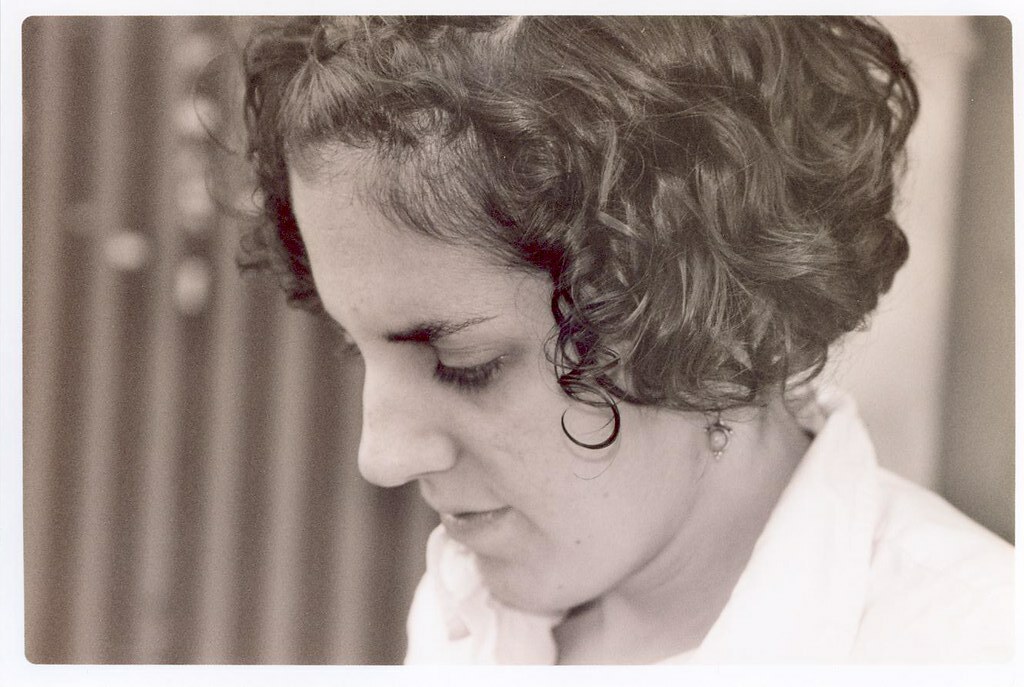The other day as we left school at midday to rehearse the musical with the first and second graders, an elderly man wearing a cap asked R and I if the children were "saliendo o entrando" (going or coming). He asked with a tone of nostalgia in his voice, as if remembering when he left school in the middle of the day to go home and eat. And he proceeded to tell us that he had gone to the school also when he was young, and had many fond memories there. After all, he said, it's where he cut his teeth. He told us stories of playing frontón on the patio and swimming in the indoor pool (which no longer exists).
Then, seemingly out of nowhere, he mentioned the year 1934 and some "hijos de puta" in the same breath.
My interest was piqued even more.
"When did you attend the school?" we asked. "Before the war?"
"Before and after the war," he replied, smiling. (That is, the Spanish Civil War, 1936-39.) He described to us the interior of the school as he remembered it. I asked about the twin staircases, one in each wing of the building, that I had been told were from the days when it was separated into a boys part and a girls part.
He explained that during the Segunda República, the boys and girls had been mixed, but when "los hijos de puta fascistas" gained power after the war, they were separated again.
I'm only sorry I didn't ask for his telephone number to really do a thorough interview with him. I'm going to keep my eye out for him.
Subscribe to:
Post Comments (Atom)




1 comment:
The changes in education during the Segunda Republica and under Franco are fascinating--I'm currently working on a project on this very subject!
Post a Comment